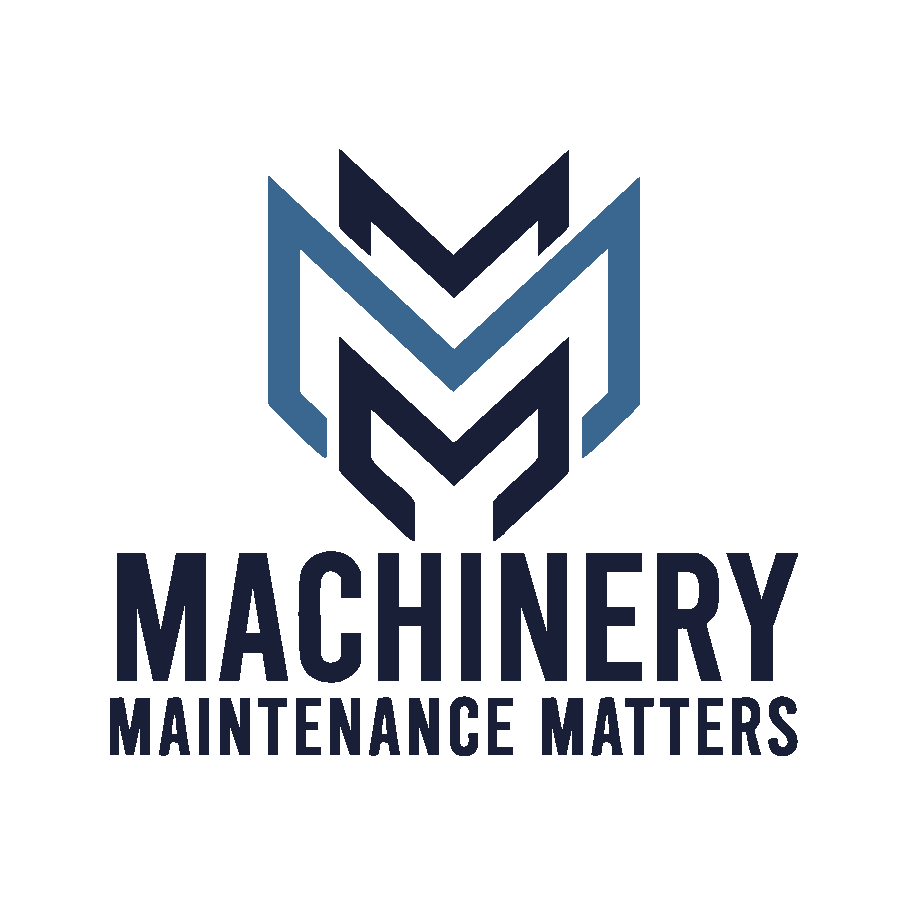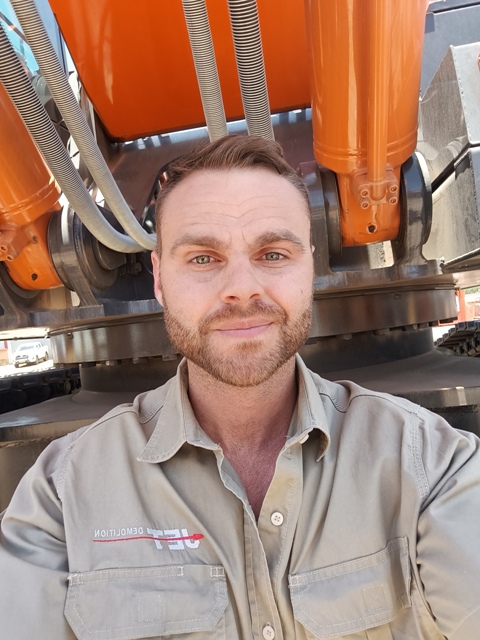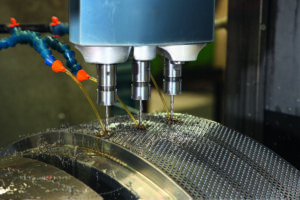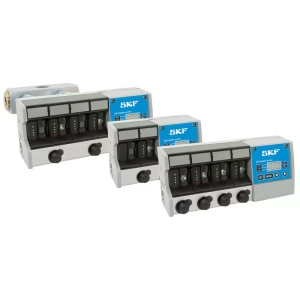Jet Demolition’s extensive fleet and meticulous maintenance strategy keep operations safe, smooth and efficient
When it comes to demolition, particularly of the highly technical and often high risk kind, machine downtime is more than an inconvenience. It can stall entire project timelines, compromise safety, and lead to significant financial losses. For Jet Demolition, South Africa’s leading demolition specialist, the key to avoiding these pitfalls lies in the availability, preparation and maintenance of its extensive equipment fleet.
“Downtime can have massive implications for our projects,” explains Bradley Slooten, Equipment Asset Manager at Jet Demolition. “We focus on a highly mechanised approach. If we experience breakdowns, it can drastically affect a site’s efficiency and productivity. That is why we apply such an extremely detailed and strict approach to equipment maintenance.”
Jet Demolition holds the largest and most varied range of demolition equipment and attachments on the continent, giving it unmatched flexibility when allocating machinery to suit the specific requirements of each project, whether in support of high-rise building implosions, structural dismantling, or hazardous materials handling. But the power of the fleet alone is not what makes it effective, it is how well it is maintained.
Preventing failure before it happens
Every piece of equipment undergoes a rigorous ‘exit medical’ before being dispatched to a site. “Our qualified technicians go through the machine from back to front, ensuring all systems are functioning to specification,” says Slooten. “It is not just a once-off check. During the project, our site teams continuously monitor equipment performance and communicate with the workshop to flag any irregularities before they become problems.”
Once a machine returns from a site, it is again subjected to an ‘intake survey’. Technicians assess wear, identify defects, and log any preventative maintenance tasks. From there, a detailed plan is formulated for repairs and future deployment. This proactive lifecycle management ensures that machinery is always in top working condition before hitting the next job.
“We collaborate daily with our equipment suppliers to ensure all procedures are up to standard,” adds Slooten. “By ensuring a machine moves to site in the best shape it can, we mitigate most potential breakdowns.”
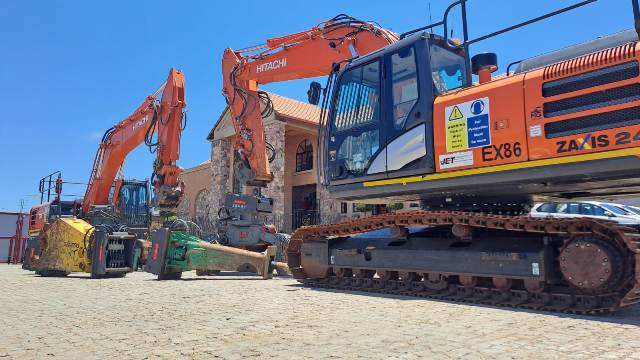
A Hitachi 240-5G demolition excavator with the OilQuick system
Planning for the unpredictable
Despite meticulous preparation, the nature of demolition work means the unexpected can and does happen. Jet Demolition mitigates the risks by planning for worst-case scenarios.
“Planning is always at the top of my list,” stresses Slooten. “We ensure the right technician is assigned to the right equipment and site, and we anticipate possible delays. Over the years, we have identified common failures, so we equip our on-site mechanics with the necessary spare parts to deal with any issues immediately.”
Open communication between the workshop and on-site teams is vital. “We plan all preventative maintenance and services in coordination with site operations. This constant feedback loop allows us to minimise downtime and maximise productivity.”
Training and technology go hand in hand
The company goes beyond reactive maintenance by building capability into its people and systems. On-site personnel undergo regular workshop sessions to familiarise themselves with the specific do’s and don’ts of operating and maintaining each type of machine. “We are fortunate to have a highly experienced on-site management team,” says Slooten. “This helps ensure that the equipment is used and monitored correctly.”
Jet Demolition also leverages remote monitoring systems embedded in the equipment itself. These systems provide live data that helps track machine performance and identify issues in real time. “We can see if a machine is running in its optimal window. It is like having a health tracker for every machine in the fleet,” explains Slooten.
The team also regularly samples and tests the machine oils to ensure internal components are in good condition. Hydraulic attachments like shears and hammers are physically measured on-site to check for wear and ensure they remain within the manufacturer’s specifications. “Blade gaps and bushing wear are recorded meticulously. It is all about making sure the attachment functions safely and efficiently,” he adds.
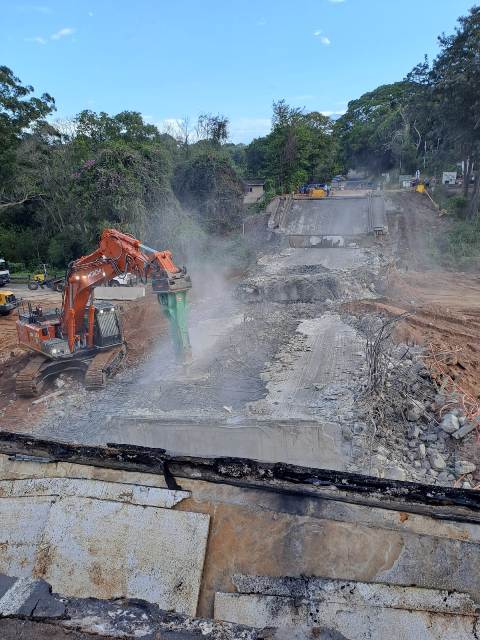
A Hitachi 470LCR-5G with the OilQuick system demolishing a bridge structure under shutdown conditions
A digital-first approach
Jet Demolition has made significant strides in digitising its equipment management systems. These systems consolidate all performance and maintenance data, allowing for quick reporting, trend analysis and decision-making.
“The more efficient our systems become, the better we are at limiting downtime,” says Slooten. “Each machine has a digital and hard-copy record that logs every part fitted to it. We take great pride in the detailed history we keep.”
The company also maintains a fully stocked parts warehouse to counter the delays often encountered when sourcing internationally. “Most of our attachments are imported, so logistics can be a challenge,” notes Slooten. “We mitigate this by keeping bulk stock on hand. We also follow a strict protocol for issuing parts, which helps maintain full traceability.”
Safety is non-negotiable
With its projects often fast-paced and complex, Jet Demolition understands that safety and machine reliability go hand in hand. “Demolition sites are inherently prone to risk,” Slooten says.
“Machines are tasked with highly precise and technical operations. If something fails mid-task, the consequences can be severe. That is why our commitment to keeping our equipment in top condition is not just about efficiency, it is a critical safety measure.”
One of the company’s standout innovations is the adoption of the OilQuick system, which enables hydraulic attachments to be changed automatically by the machine operator from inside the cab.
“It has been a gamechanger,” reveals Slooten. “We have drastically cut the time it takes to change attachments, and since there is no human intervention required, it enhances site safety. It has given us a competitive edge.”
Built to last and to work
Ultimately, Jet Demolition’s approach to equipment availability is about more than uptime. It is a strategic commitment to excellence in execution, where machinery, people and systems are perfectly aligned to deliver results.
“When our machines roll out to a site, they are in the best shape possible,” says Slooten. “That is how we deliver on time, work safely, and uphold our reputation as leaders in the demolition industry,” he concludes.
